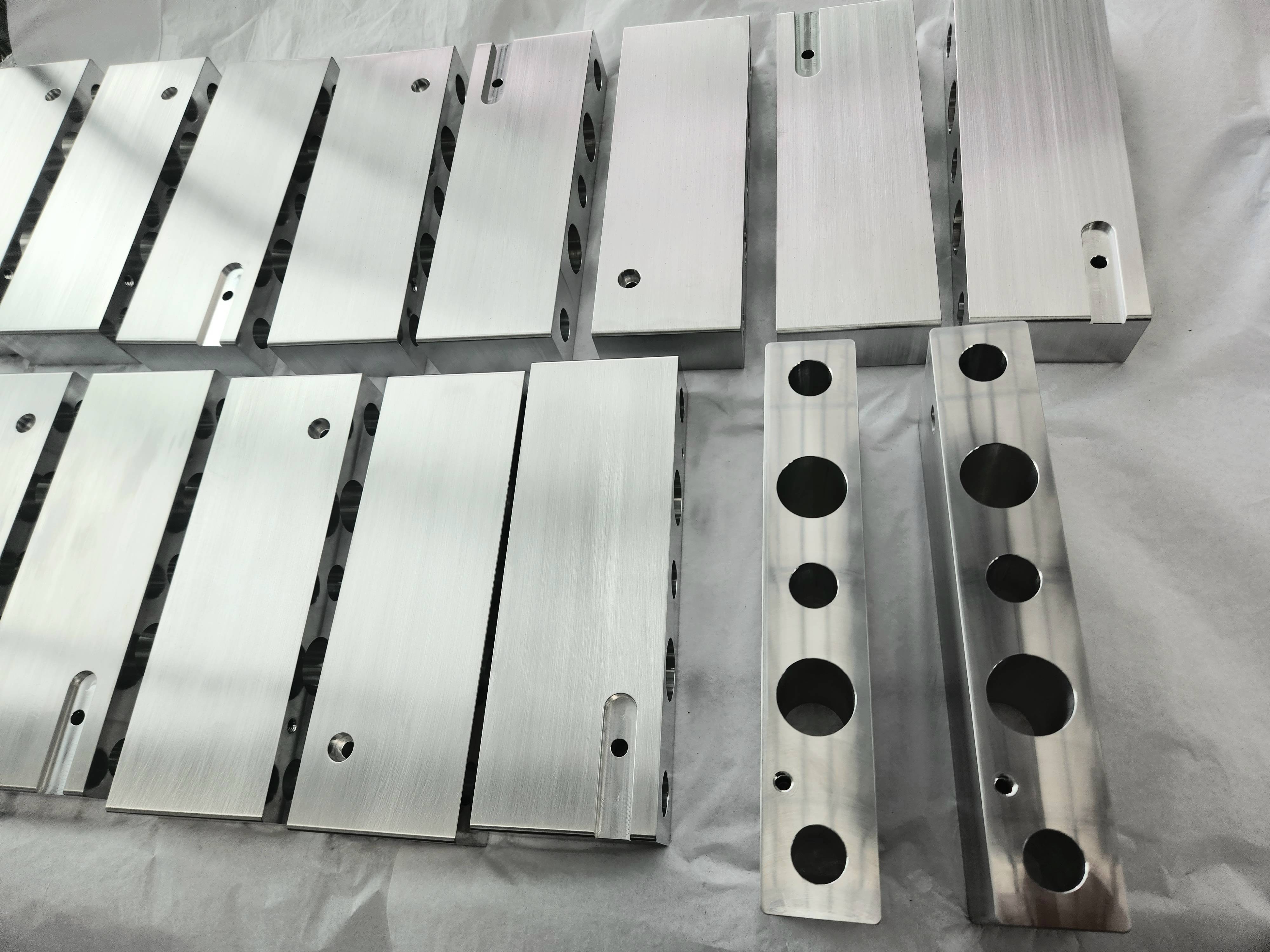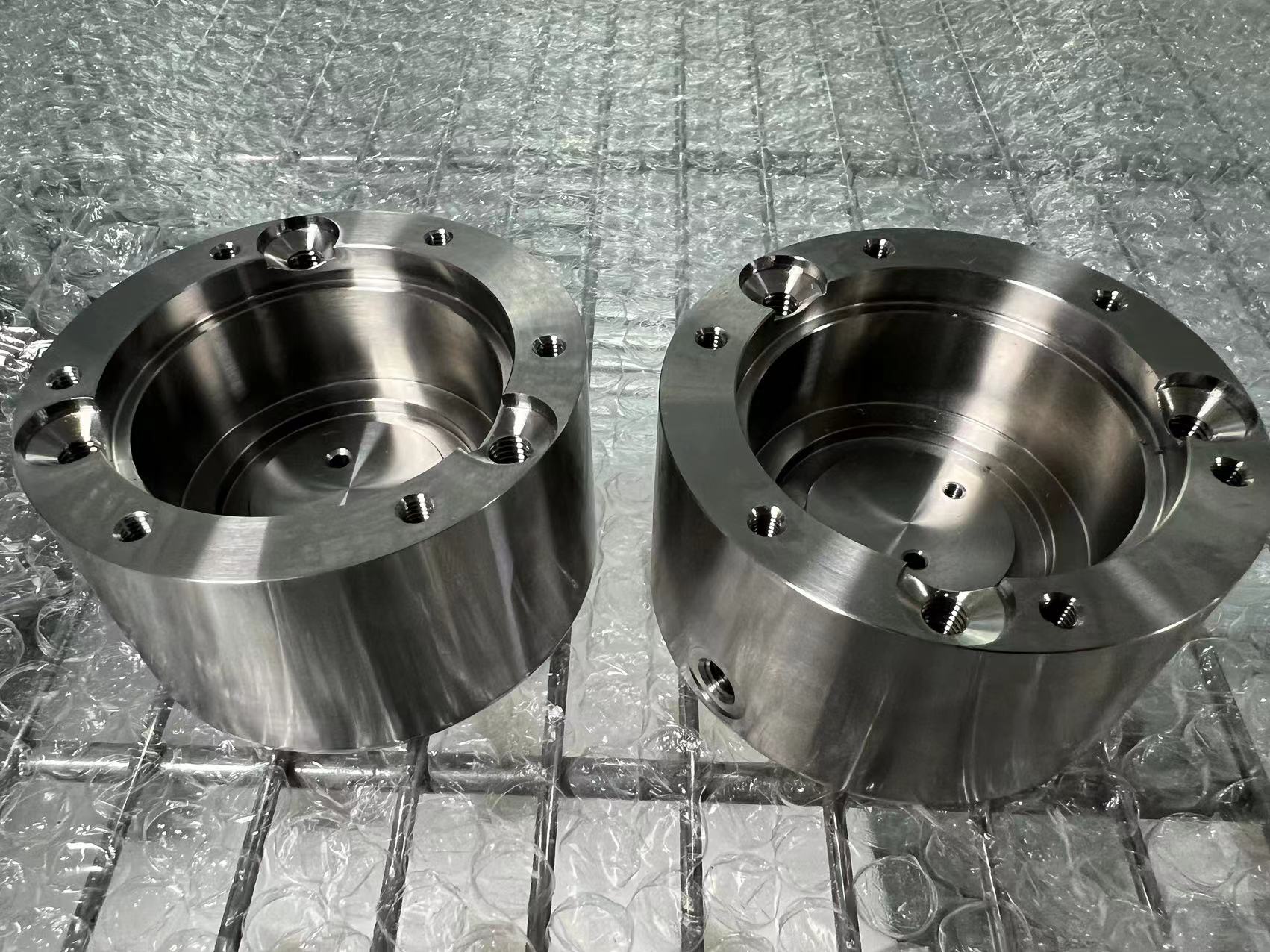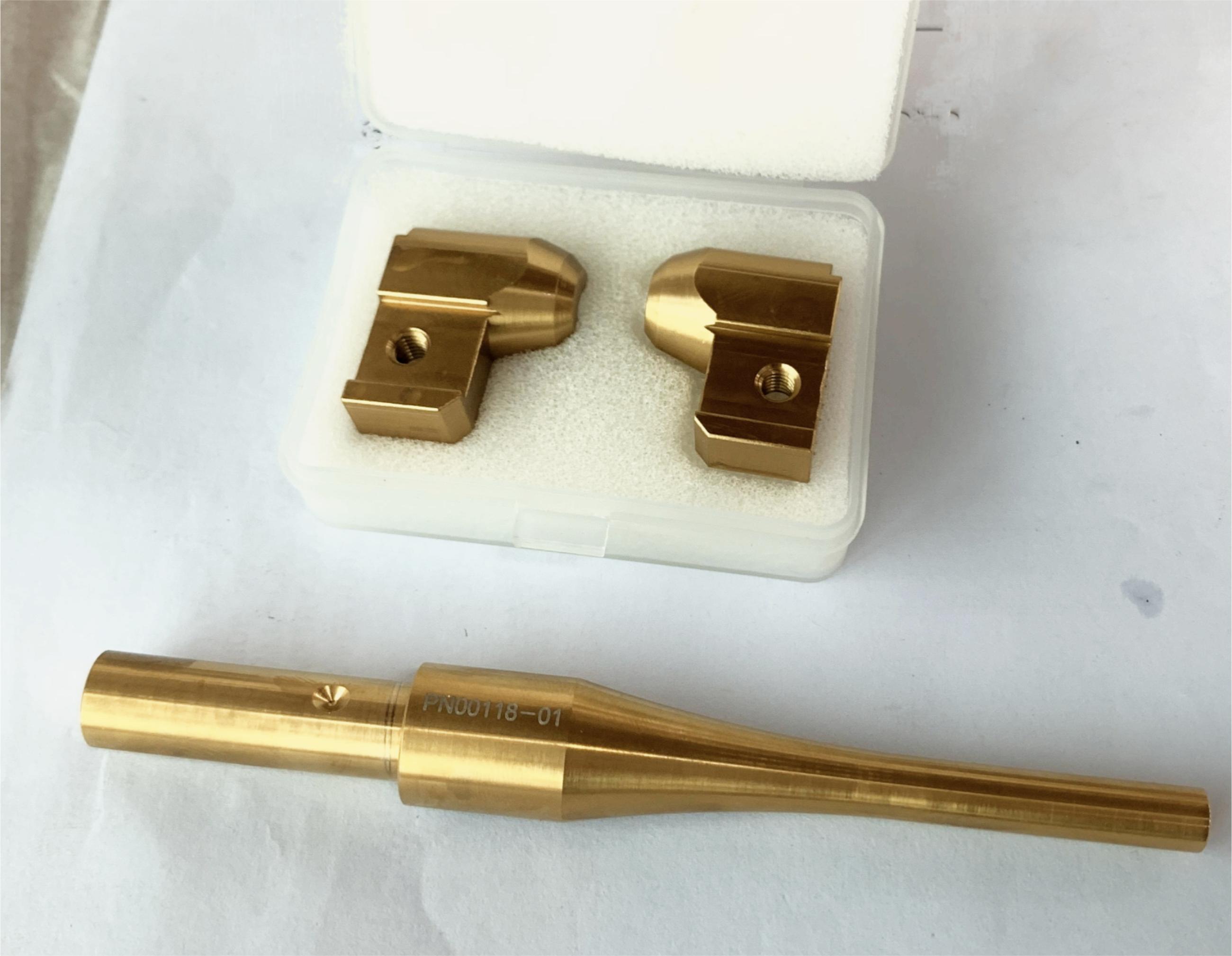Copper
Differences between Copper and Brass
Color and Appearance:
Copper and brass appear very similar to the naked eye, both exhibiting a golden hue.
However, brass is slightly more yellow than copper due to its higher zinc content.
Additionally, brass surfaces are prone to oxidation and discoloration, which can be a distinguishing factor between copper and brass.
Material Composition:
Copper and brass have different material compositions. Copper is a singular material with a chemical symbol Cu, and its purity can reach up to 99.9%.
On the other hand, brass is an alloy material primarily composed of copper and zinc.
Generally, brass can contain copper levels ranging from 60% to 80%, with zinc levels between 20% to 40%.
Hardness and Strength:
Brass has higher hardness and strength compared to copper.
Due to its higher zinc content, brass exhibits increased strength and hardness.
Therefore, brass finds widespread applications in various mechanical processing and manufacturing fields, such as clock mechanisms and pipe fittings.
Corrosion Resistance:
Both copper and brass possess good corrosion resistance, but there are differences between them.
Copper has properties that inhibit microbial growth, making it widely used in the manufacture of alcoholic beverages and food equipment.
Brass, containing zinc, effectively inhibits the growth and proliferation of microorganisms.
Hence, brass is more popular in certain specific applications, such as pipelines or equipment used in seawater and marine environments.
Applications:
Copper and brass are utilized in different fields.
Copper is primarily used in the production of cables, circuit boards, pipes, and is also widely employed in the creation of artistic and decorative objects.
Brass, on the other hand, finds extensive applications in automobile and ship manufacturing, clock-making, instrument production, and pipeline fittings.
In conclusion, copper and brass possess distinct characteristics and applications.
When selecting metal materials, it is essential to consider their specific requirements and comprehensively evaluate their pros and cons.









